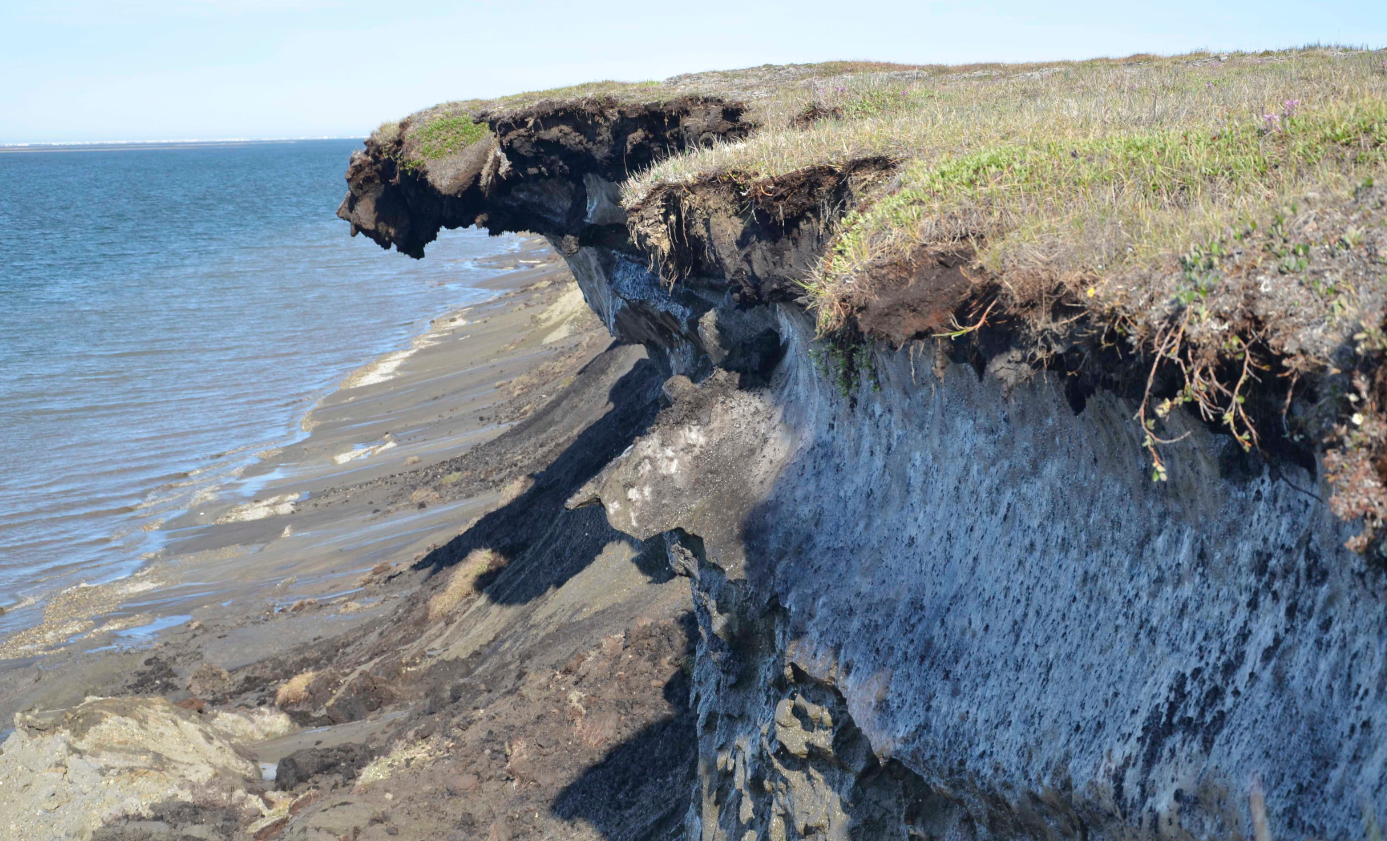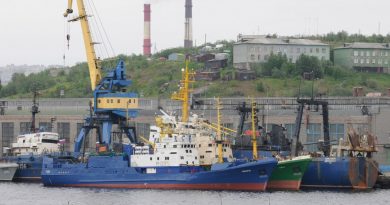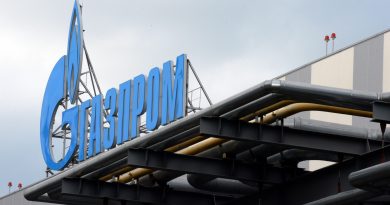Arctic Alaska coastal erosion rates among worst in U.S. : report

The shoreline along Alaska’s northern coast has eroded at some of the fastest rates in the nation, putting local communities, oil fields and coastal habitat at risk, says a new report from the U.S. Geological Survey.
The 1,000-mile coastline from the Canadian border in the east to Icy Cape in the west has lost ground at an average rate of 1.4 meters (4.6 feet) per year since the mid-20th century, said the report, which uses data dating back to the 1940s.
In the U.S. coastal areas measured by the agency, “only Louisiana and Mississippi on the Gulf Coast have higher average erosion rates than this part of Alaska,” said Ann Gibbs, USGS geologist based in Santa Cruz, California, and lead author of the report.
A key difference, she said, is that the North Slope erosion happens entirely during a few months of the year, the brief melt season.
Arctic Alaska
The Arctic Alaska erosion report, about five years in the making, is comprehensive and part of a national USGS program measuring long-term rates of shoreline loss.
Compared to the Lower 48, where some shoreline-mapping information dates back to the early and mid-1800s, Alaska is fairly sparse on data, Gibbs said. Still, the report authors were able to rely on good topographical information collected between 1947 and 1949 and on a variety of measurements — by aerial photography, satellite imagery, elevation data collected by lidar, and other information — collected between the late 1990s and 2012.
Because of the data limitations, the report does not track changes over time in the rate of erosion, Gibbs said. That might be determined in the future when USGS researchers update the plan with analysis from additional sets of data.
The report does not address causes of the erosion, either. But likely suspects are permafrost thaw, reduced sea ice cover and the resulting increase in waves hitting the shore, warmer waters undercutting shoreline bluffs or a combination of those factors, Gibbs said.
Most vulnerable areas
The report divides the Arctic shoreline into 10 regions and into various shoreline types — exposed areas, sheltered areas and different types of barrier islands and landforms.
The type most vulnerable to erosion, Gibbs said, is the coastal-bluff shoreline. And bluffs with high ice content and fine grains are particularly vulnerable, she said.
In contrast to sandy beach areas in the Lower 48 that can erode away in storms, only to be rebuilt the next season, “in Alaska, once these bluffs are gone, they’re not coming back,” Gibbs said.
The region found to have the most dramatic erosion was the northeastern part of the National Petroleum Reserve-Alaska — from Cape Halkett to Drew Point — where soil has been eaten away at an average rate of 6.3 meters (20.7 feet) a year, according to the report.
That area is characterized by the high-ice and fine-grained bluffs, Gibbs said. It has been the subject of past studies. A team led by University of Colorado researchers, for example, has focused on Beaufort Sea bluffs where certain spots have eroded at rates of up to 30 meters (98 feet) a year. Their work included time-lapse photography that shows large chunks of the bluff at Drew Point disappearing over a few weeks in July 2008.
Beaufort Sea
Past USGS research also focused on that Beaufort Sea location, finding that erosion rates along a 37-mile stretch doubled from 1955 to 2007 to up to 45 feet a year.
The region that eroded the slowest, according to the USGS report, was in the western part of the study area, from Peard Bay to Icy Cape, where shoreline loss has averaged only 0.3 meters (0.98 feet) a year.
The USGS report found “the most dynamic changes” in the barrier islands that protect much of the North Slope coastline, Gibbs said. Those islands erode away in some places and grow in others, sometimes dramatically both ways, and they are migrating over time, she said.
Such shoreline changes have implications for the Arctic habitat and the animals that use it, Gibbs said. That is because erosion has a ripple effect, she said.
“If the coast just erodes and everything stays the same, the animals don’t care as long as it has the vegetation and the things they like,” she said.
Nature and energy implications
The concern, however, is that the character of the land and the near-shore water will be changed. Removal of barrier islands, spits and other protective land segments can expose mainland shores to stronger waves and, possibly, higher concentrations of salt in the water, she said. The myriad freshwater lakes that press near the shoreline, important sites for migrating birds, also stand to change in character as erosion continues, she said.
“They’re going to start to be regularly breached,” she said.
There are also implications for the oil fields in the central North Slope, where shoreline erosion was averaging 1.1 meters (2.6 feet) a year, according to the report.
Gibbs, who noted that North Slope operators BP and ConocoPhillips provided some of the shoreline data, said continued erosion could threaten some facilities.
“A lot of them are really close to the shore and really low-lying,” she said. That means risks “not just from erosion but from storm surges and floods,” she said.
Impacts of North Slope erosion to habitat, communities and oil infrastructure and have also been analyzed by the researchers from the University of Alaska Fairbanks.
Related stories from around the North:
Canada: Report spotlights rapid glacier melt in Canada and Alaska, Radio Canada International
Greenland: Field notes from Greenland – From the glacier to the sea, Blog by Mia Bennett
Russia: Arctic methane: time bomb or “boogeyman”?, Analysis from Deutsche Welle’s Iceblogger
Sweden: Swedish waters rising faster than global average, Radio Sweden
United States: U.S. interior secretary vows to work on solutions for climate-threatened Alaska village, Alaska Dispatch News



